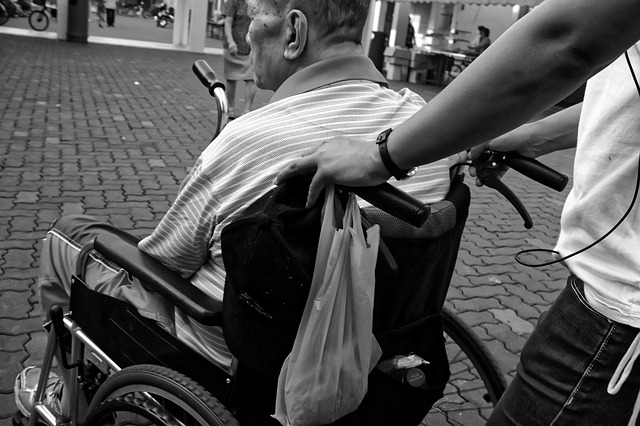Ended soon

Loneliness has become an epidemic in America, according to U.S. Surgeon General Vivek Murthy. He compares its deadly toll to that of smoking. Murthy attributes the rise in loneliness to the erosion of institutions, decreased church engagement, and the weakening of extended family bonds. Recent stressors such as social media, political polarization, and the COVID-19 pandemic have further exacerbated the problem.
The notion of individualism, deeply ingrained in American culture, contributes to the loneliness epidemic. Early observers like Alexis de Tocqueville noted how democracy in America encouraged individuals to stand alone and be solely responsible for their destiny. However, throughout American history, community has played a crucial role in the nation’s development. Cooperation and collective efforts have driven progress in areas such as municipal organizations, trade unions, and government programs like the New Deal. Despite this, the focus on individualism often overshadows these stories of community, especially in times of crisis and polarization.
Loneliness has been explored in various forms of art, from the Hudson River School paintings to Hollywood Westerns. Betty Friedan’s “The Feminine Mystique” and Edward Hopper’s urban loneliness-themed works have also shed light on the issue. Even in contemporary streaming shows, such as “Ted Lasso,” loneliness is a recurring theme.
The COVID-19 pandemic has intensified feelings of solitude and isolation, with people reducing their social interactions. While solitude and isolation are not necessarily equivalent to loneliness, the trend of decreasing social connection is concerning, particularly among young people.
Modernizing forces like technology and communication, while connecting people in some ways, also contribute to their isolation. Finding a balance between connectivity and meaningful human interaction is crucial in addressing the loneliness epidemic.
Ultimately, Americans need to recognize the importance of connection and find ways to bridge the gap between isolation and community. Benjamin Franklin’s words, “We must, indeed, all hang together or, most assuredly, we shall all hang separately,” still hold relevance today. The poet Amanda Gorman reminds us that weathering the unknown together is the key to overcoming loneliness and building a stronger society.
The epidemic of loneliness in America has been declared by U.S. Surgeon General Vivek Murthy, who compared it to the deadly toll of smoking. According to Murthy, the rise in loneliness is due to the erosion of institutions, decreased church engagement, and the weakening of extended family bonds. Social media, political polarization, and the COVID-19 pandemic have also exacerbated the problem.
The focus on individualism, which is deeply ingrained in American culture, contributes to the loneliness epidemic. However, throughout American history, community has played a crucial role in the nation’s development. Cooperation and collective efforts have driven progress in areas such as municipal organizations, trade unions, and government programs like the New Deal.
Loneliness has been explored in various forms of art, from the Hudson River School paintings to Hollywood Westerns. Betty Friedan’s “The Feminine Mystique” and Edward Hopper’s urban loneliness-themed works have also shed light on the issue. Even in contemporary streaming shows, such as “Ted Lasso,” loneliness is a recurring theme.
The COVID-19 pandemic has intensified feelings of solitude and isolation, with people reducing their social interactions. While solitude and isolation are not necessarily equivalent to loneliness, the trend of decreasing social connection is concerning, particularly among young people.
Modernizing forces like technology and communication, while connecting people in some ways, also contribute to their isolation. Finding a balance between connectivity and meaningful human interaction is crucial in addressing the loneliness epidemic.
Ultimately, Americans need to recognize the importance of connection and find ways to bridge the gap between isolation and community. Benjamin Franklin’s words, “We must, indeed, all hang together or, most assuredly, we shall all hang separately



